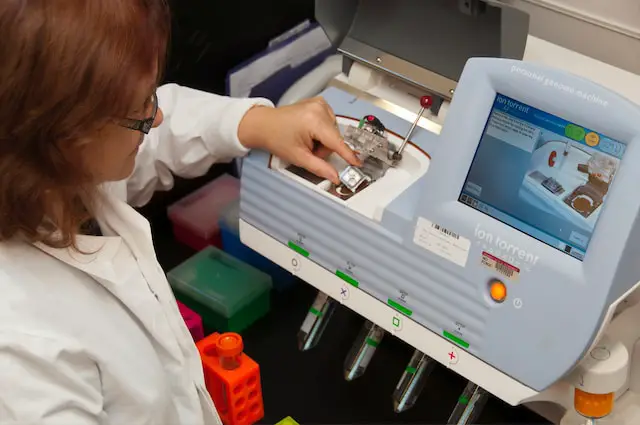Modern companies require solutions that produce quantifiable value. The stakes are considerably higher when it comes to technology. Today’s management needs to evaluate the possibility of distinct, business-specific value-adds before considering any new deployments. The business case for automation is your opportunity to develop a strong justification for why something is worthwhile—your expert justification for why your company should seize a particular opportunity. We will examine creating a business case for test automation in this sector today.
Table of Contents
Building Business Cases for Test Automation

In today’s highly competitive business landscape, efficiency is paramount. Businesses across all industries are increasingly turning to test automation as a way to streamline their processes. But, before diving headfirst into automation, it’s crucial to build a compelling business case for test automation. This not only justifies the change but also outlines the clear advantages and expected ROI.
Introduce the Problem and Describe the Solution
The first step is to determine the business issue that the automated intelligent solution will try to solve. It might be a procedure where staff members pore over unorganized paperwork and extract crucial data, such as automating the processing of insurance claims. Or perhaps you want to extract information from unstructured documents so that you can analyze it and explain how the suggested solution solves the issue by feeding it into a business intelligence engine.
Describe the current position, including any obstacles or other issues with the process, as well as any financial repercussions. To more precisely clarify who will profit from the solution, highlight which departments inside the firm are affected by the problem.
Bring Out Benefits and Results
Describe the outcomes of your evaluation of intelligent automation products next. Describe the procedure you followed to evaluate the products. This contains an explanation of the alternatives to your choice and the reasons they don’t satisfy your needs. Describe how the company will profit from the reduction. You could either maintain the same number of people engaged while significantly increasing output or you could reduce the number of staff members. Additionally, you could reassign them to other, more strategic tasks or do all of the aforementioned.
ROI and Risks
Describe any risks associated with implementing the suggested solution and detail your plan to address them. Any new or unknown IT infrastructure may provide risks, which you can reduce by using cloud service providers. Additionally, there is always a chance that staff members won’t use the recently introduced automation platform correctly.
Last but not least, you need a thorough financial analysis because no management will approve an intelligent automation development without understanding what the anticipated return on investment (ROI) will be. The cost of adopting the automation solution, including licensing, IT infrastructure, one-time installation expenses like training and consultancy, as well as continuing maintenance costs, should be considered in this study.
Consider Scalability
You should have a fair chance of success if you can briefly and clearly explain the advantages of the intelligent automation undertaking, demonstrate why the expense is justified, and successfully manage any risks.
FAQs
What are the key elements in building a Test Automation Business Case?
The key elements include defining the business problem, describing the solution, highlighting the benefits, identifying risks, and assessing the ROI.
How does test automation benefit a business?
Test automation can significantly increase efficiency and productivity, reduce errors, save time, and potentially reduce staffing requirements.
What are the potential risks of implementing test automation?
Potential risks can include technical challenges with new IT infrastructure, initial setup costs, and ensuring staff are trained and comfortable using the new automation systems.
Final Thoughts on Making A Business Case For Test Automation
Process automation has the potential to revolutionize business productivity. You may demonstrate to stakeholders how the advantages of process automation directly relate to the objectives of your organization by creating a strong business case. Opkey gives you the ability to automate single-app and cross-app testing without coding thanks to its support for over 15 bundled apps and 150 technologies. The test automation solution from Opkey integrates right into your ERP environment to find all of your historical tests. Overall, this platform gives you the best experience with test automation tools!



